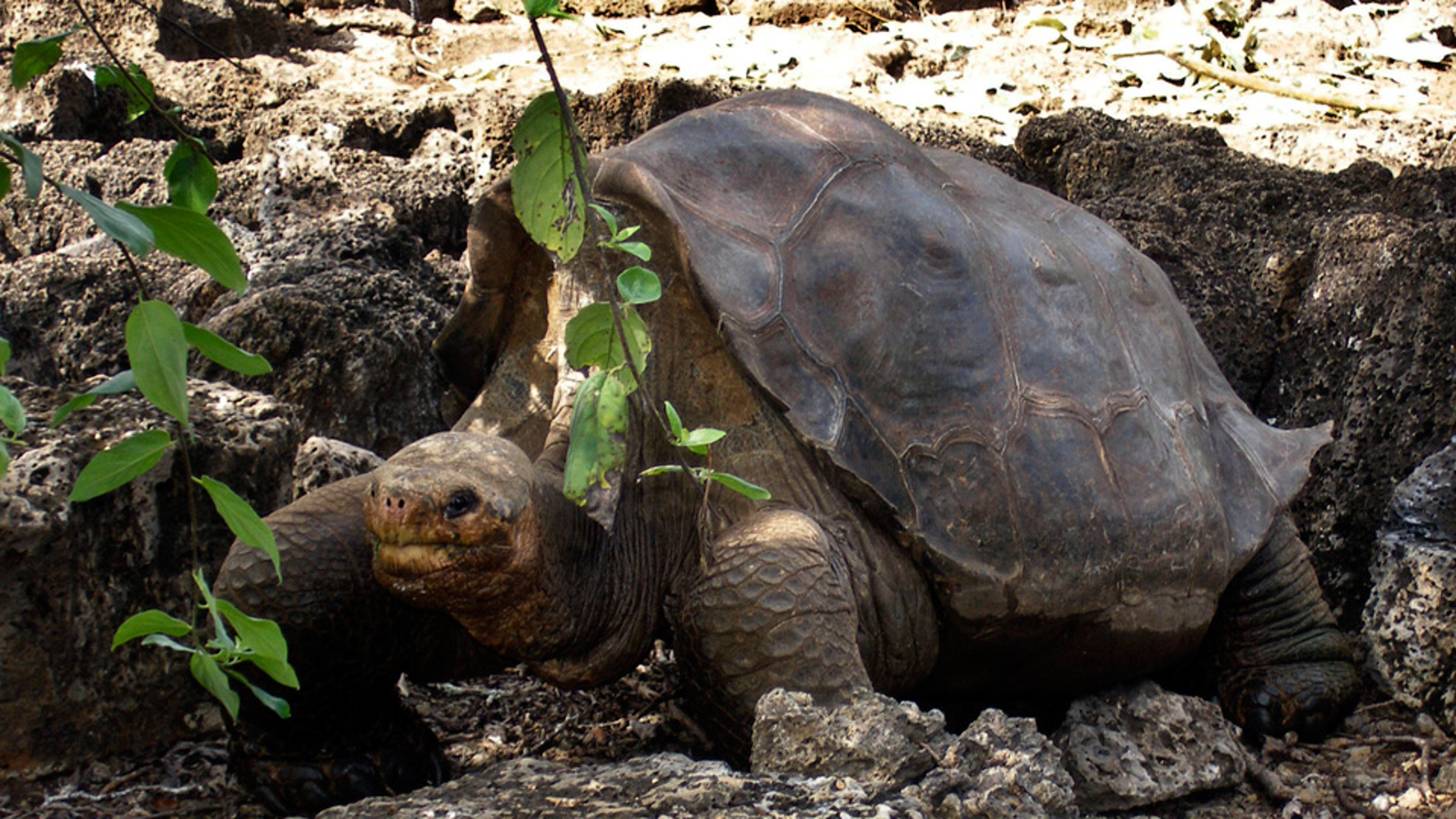

Aldás, S., Altamirano, M.A., Ayala-Varela, F., Cisneros-Heredia, D.F., Endara, A., Márquez, C., Morales, M., Nogales-Sornosa, F., Salvador, P., Torres, M.L., Valencia, J., Villamarín-Jurado, F., Yánez-Muñoz, M.H. Charles Darwin Foundation, Puerto Ayora, p. (2007) Galapagos vertebrates: endangered status and conservation actions. Milstead, B., Márquez, C., Zabala, J., Buitrón, P., Llerena, A., et al.

Unfortunately, although advised by a network of international and local CDF scientifics and technical personnel of the GNPS all attempts to save the species have now failed. Fausto’s dedication to Lonesome George is legend, without his care this last individual of the Pinta Giant Tortoises would likely not have survived that long. Unfortunately none of these captive breeding efforts were ever successful.Īt the Galapagos National Park Breeding Center Fausto Llenera was the keeper of Lonesome George.
#PINTA TORTOISES CODE#
In 2011 the two females of Española Island replaced the Isabela Tortoises, because their genetic code was deemed more similar. As part of the reproduction program in the tortoise breeding center Lonesome George first shared his corral with two females from Volcano Wolf (Isabela Island), without successful results. In the hope to prevent his extinction in the wild, Lonesome George was brought to the National Park Breeding Center in Port Ayora, on the island of Santa Cruz, where he was kept from 1973 to 2012. Josehp Vagvolgyi discovered Lonesome George on December 1st, 1971, during his field work on terrestrial snails on the Island of Pinta. June 24th, 2012, marks the death of the last Pinta Giant Tortoise, Lonesome Goerge, and thus the final extinction of this last survivor of the species Chelonoidis abingdoni (Günther, 1877).


 0 kommentar(er)
0 kommentar(er)
